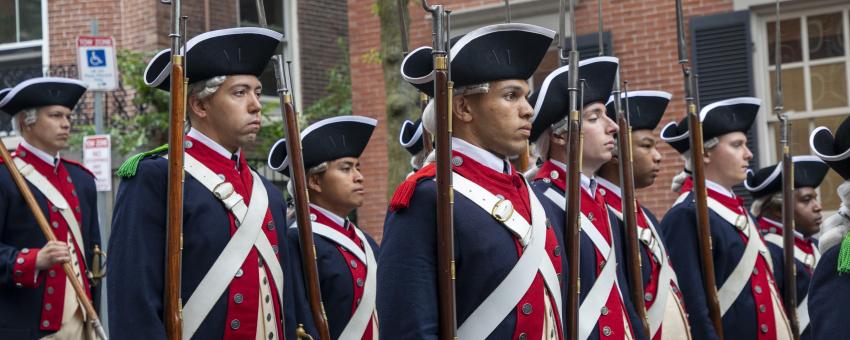History

New England’s history isn’t just tricorne hats. It’s also dinosaurs (Dinosaur State Park). Post-Jurassic, though, Indigenous peoples were the first inhabitants. The Wampanoag, Pequot, Abenaki, and Penobscot peoples shaped the region’s landscapes, trade networks, and seasonal migrations for thousands of years. Several museums have holdings from this time period, including the Tomaquag Museum and the Mashantucket Museum as well as Fruitlands.
Indigenous History
For thousands of years before European arrival, New England was home to numerous Indigenous nations, including the Wampanoag, Pequot, Narragansett, Abenaki, and Penobscot. These communities lived in complex, seasonal societies rooted in fishing, farming, diplomacy, and trade. European colonization brought devastating waves of disease, displacement, and warfare—most notably King Philip’s War, which reshaped the region and forced assimilation. Though many communities were nearly erased, Indigenous nations persist today, asserting sovereignty, revitalizing language, and stewarding cultural traditions. Their enduring presence can be seen in place names, contemporary political activism, and tribally owned enterprises like Foxwoods and Mohegan Sun in Connecticut. History, artifacts, and sites related to the Indigenous past can be found in many museums and state parks.
European settlers